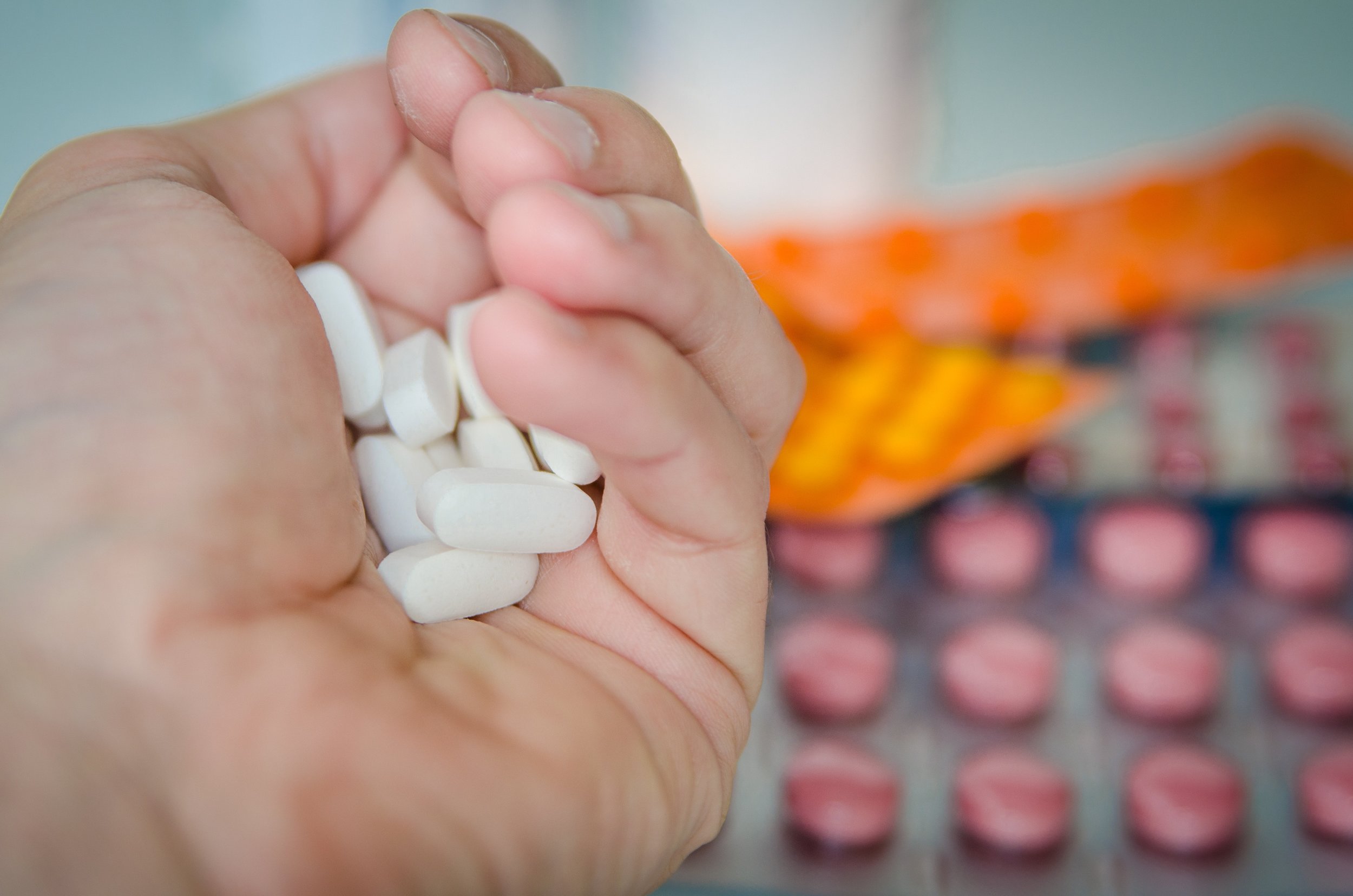How to Handle an Opioid Overdose in the Workplace
Unintentional overdose deaths at work from non-medical use of drugs or alcohol increased for the seventh year in a row in 2019. We’ve seen a surge in opioid-related deaths during the pandemic, with the CDC reporting more than 100,000 drug overdose-related deaths in the U.S. in 2021, a nearly 29% increase from the year before.
With the likelihood of a workplace opioid overdose at an all-time high, what can you do to ensure that employees at all levels of your company are equipped to handle such an incident? Here are a few things to know about managing an overdose in the workplace, from evaluating potential symptoms to providing immediate medical assistance when appropriate.
CDC/NIOSH identified several steps in responding to a suspected opioid overdose in the workplace:
Assess the scene of the incident
Call trained staff to the scene and put on gloves for personal protection
Recognize/evaluate signs and symptoms of opioid overdose
Administer Naloxone (if available)
Start other first-aid interventions if trained to do so
Monitor
Follow up activities after an overdose
Call 911 and Evaluate the Symptoms
You walk into the ladies’ room and notice a colleague limp on the floor. How do you know if it’s an overdose or a separate medical emergency?
First, call 911. The CDC advises that professional medical assistance is often required even if someone appears to be awake and responsive, so if you’ve got a feeling that something isn’t quite right, don’t hesitate to make the call.
To help your entire workforce evaluate a co-worker in distress, here’s a shortlist of symptoms that someone may exhibit in the event of an opioid overdose:
Unconsciousness or the inability to wake up
A limp body that appears to be lifeless
Shifts in and out of sleep, or extreme drowsiness
Slow, shallow, irregular or no breathing
Pale, blue, cold and/or clammy skin
Choking, snorting or gurgling sounds
Slow or non-existent heartbeat
Very small or “pinpoint” pupils
After calling 911 and evaluating your colleague, you find that she’s got several symptoms consistent with an overdose—clammy skin, small pupils, slow heartbeat and extreme drowsiness. Now what?
Responding to a Confirmed Overdose
Naloxone is the most commonly used drug in the event of a confirmed opioid overdose. Also appearing under the brand name Narcan®, this medication is designed to block the effects of an overdose. While many of your employees have likely never heard of naloxone, the Surgeon General recently urged employers to make it ubiquitous. "For a heart attack, we train employees how to do CPR until the paramedics arrive," Surgeon General Jerome Adams argued. "Why is that not the case with naloxone and Narcan?”
If you are in a state where you can administer naloxone, encourage your staff to attend training sessions to ensure that an overdose can be handled appropriately in the office. Many states sponsor Employee Assistance Programs for employers seeking to train staff members to administer naloxone to a colleague. If an employee is unable to attend, community training sessions also take place across the country regularly.
Addressing an Overdose Without Medicine
In the event that Narcan® or naloxone are not available in your office, there are a couple of things that your staff can do to assist in the event of an overdose. The Harm Reduction Coalition says in place of these drugs, rescue breathing is one of the most critical steps in treating an overdose. Its website adds, "If you are performing rescue breathing, you are getting much-needed air into someone's body who will die without it."
Here are the rescue breathing steps your entire staff should know. If this is new to your workforce, post print outs of these around the office, and consider hosting company-wide training sessions.
Put the person on his or her back
If your first aid kit contains a plastic face shield, place that over the person’s mouth to protect them from your germs and protect you from theirsTilt the chin up to open the airway
If anything is blocking the airway (food, gum, or any undissolved pills), remove it
With one hand, plug the nose. Then, give two even breaths. If you don't see the patient's chest rise, tilt the head back more and ensure that you have indeed plugged the nose
What to Do Post-Incident
After a workplace overdose, it’s important that you help establish follow-up services for the worker. This can include referrals to medical professionals, treatment programs, employee assistance professionals and other assistive resources.
Also, consider the needs of responders, coworkers and family members of the employee who experience the overdose—do they need employee assistance programs or mental health referrals/services? You’ll want to do what you can to make those available.
Finally, check your Narcan® drug stock and first-aid equipment and supplies. Replenish anything that needs to be restocked.
Taking proactive measures to address common workplace injuries, including opioid overdoses, builds a safer, healthier and more positive company culture.

